
Michael Conlon
Former teacher, school leader, and survivor of many education reforms. Now an Education Transformation Consultant, Michael specialises in turning big tech promises into actual classroom wins.
As an Education Transformation Consultant with over 25 years in teaching and leadership, I’ve seen more “next big things” in education than I can count. But one shift is different: ensuring every learner has access to their own device – properly secured and managed, but their own. This isn’t about shiny tin or staff and pupil attraction and retention – it’s about equity, opportunity, and founded on an understanding that the world of work and future learning is a fundamentally different place.
Here’s why one-to-one programs matter now more than ever:
- Equity is not optional
Without universal access, we create a two-tier system: those who can participate in digital learning, and those who can’t. A personal device is today’s textbook—it’s the baseline for fairness. I’m not suggesting every minute of every lesson – far from it but that it is there, whenever and wherever you need it. - Technology removes barriers, it doesn’t create them
From tools like Immersive Reader to AI-powered learning accelerators, devices open doors for learners with different needs. Access allows every student—whether struggling or thriving—to engage on equal footing, with aids that help overcome learning challenges. - Skills for tomorrow are built today
Digital fluency is no longer a “nice to have.” It’s a prerequisite for almost every career. Students who lack consistent access risk being unprepared—not because they lack potential, but because they are under-resourced. - Inclusion is powerful (and visible)
When every child has a device, every voice can be heard. Quiet students can contribute online, collaboration happens seamlessly, and learning can extend beyond the four walls of the classroom. - It’s about futures, not gadgets
This isn’t about handing out laptops and tablets. It’s about dignity, opportunity, and ensuring that when AI, quantum computing, and the next wave of innovation comes we don’t widen the attainment gap. The future is coming fast for our country and our economy. Let’s demonstrate we are future facing.
Final Thought
We need to consider that one-to-one access isn’t a luxury—it’s the foundation of modern learning, from an age and stage when the journey with digital makes most sense. If we fail to provide it, we’re not just denying students devices; we’re closing doors.




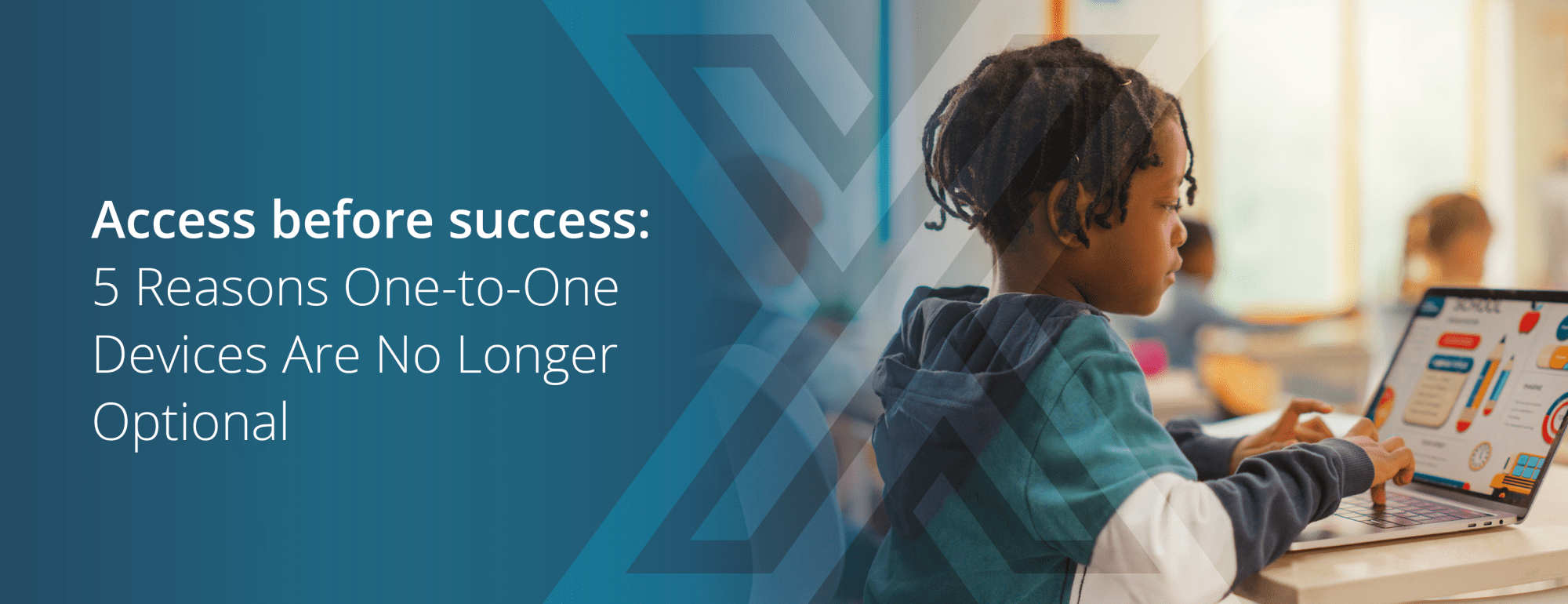



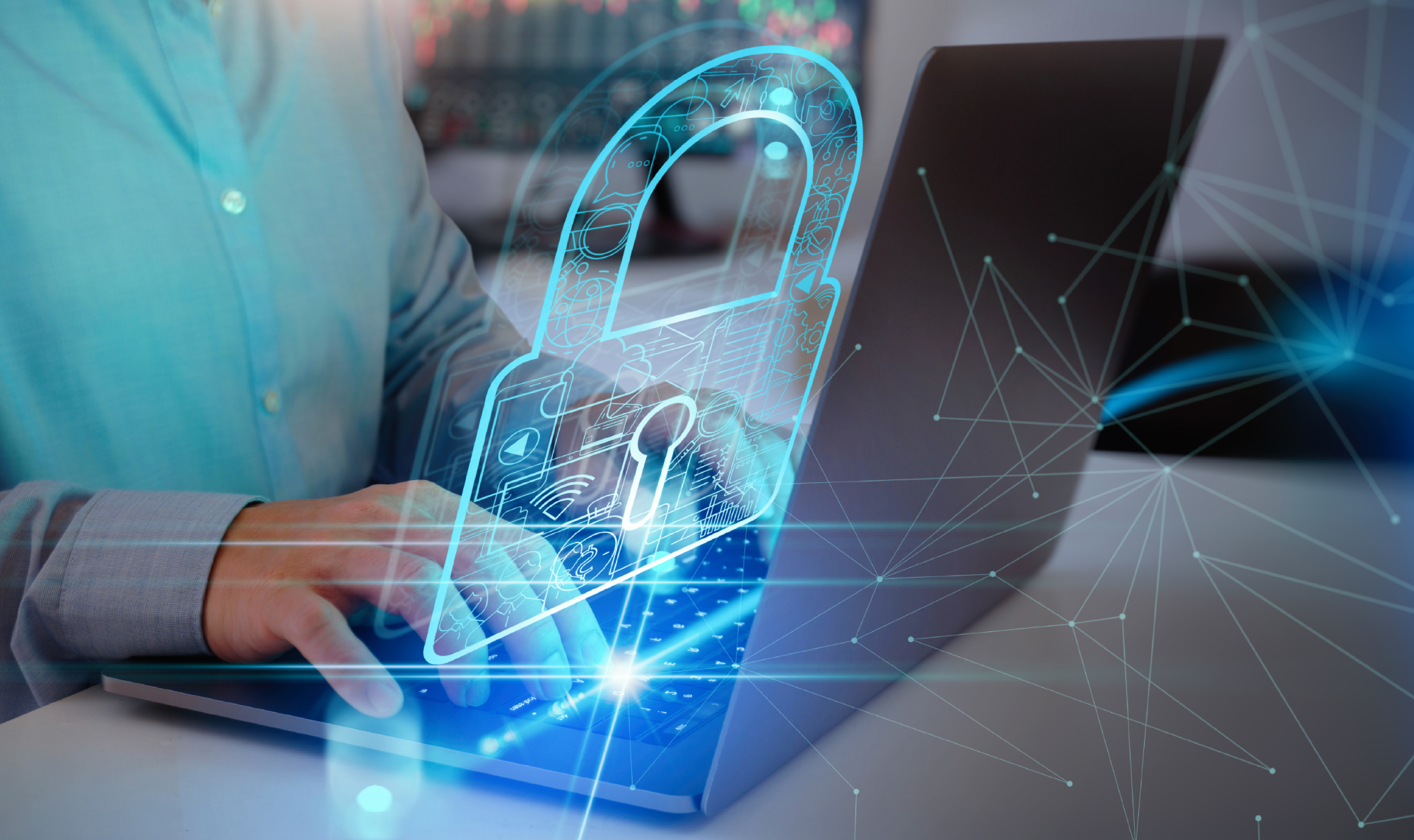
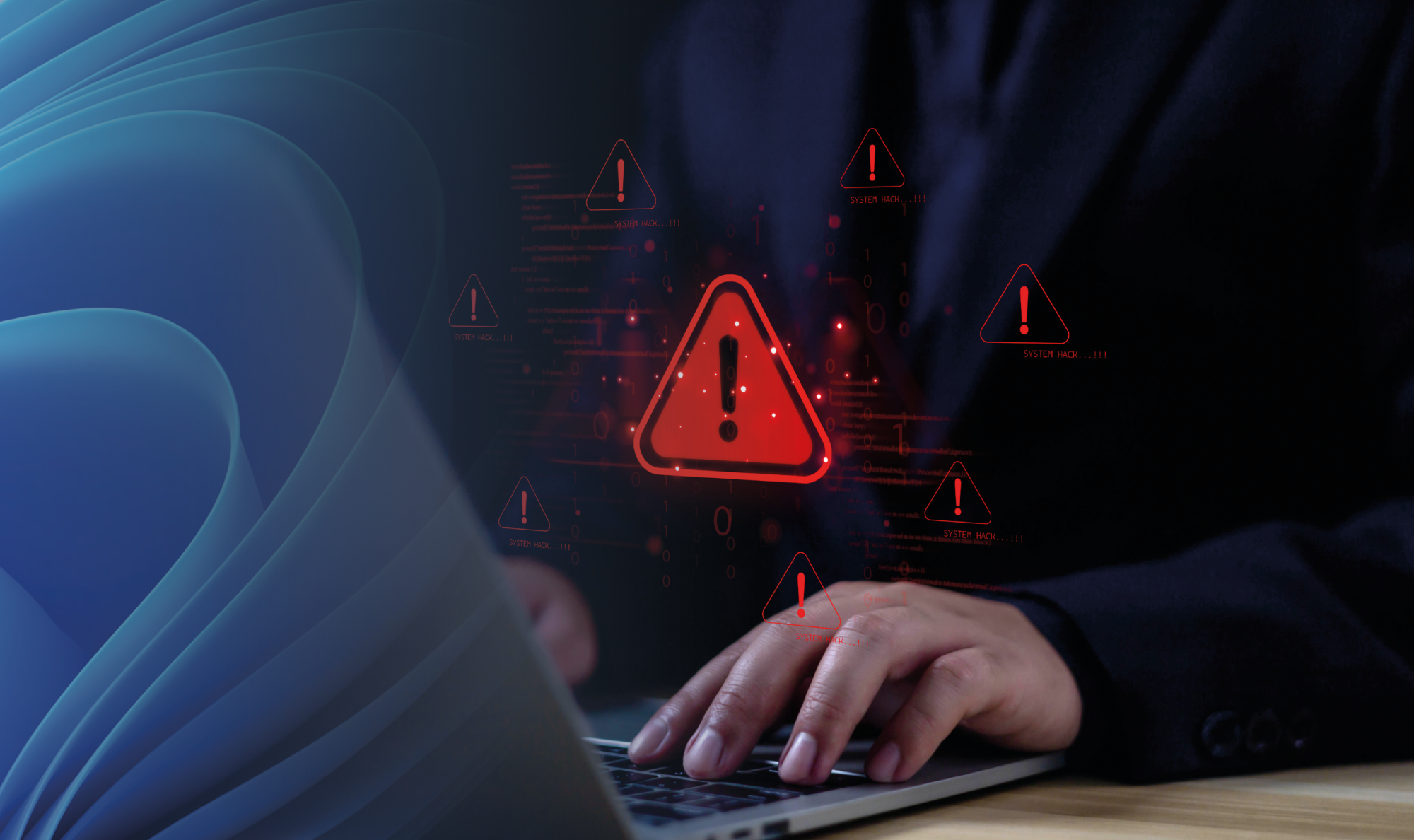
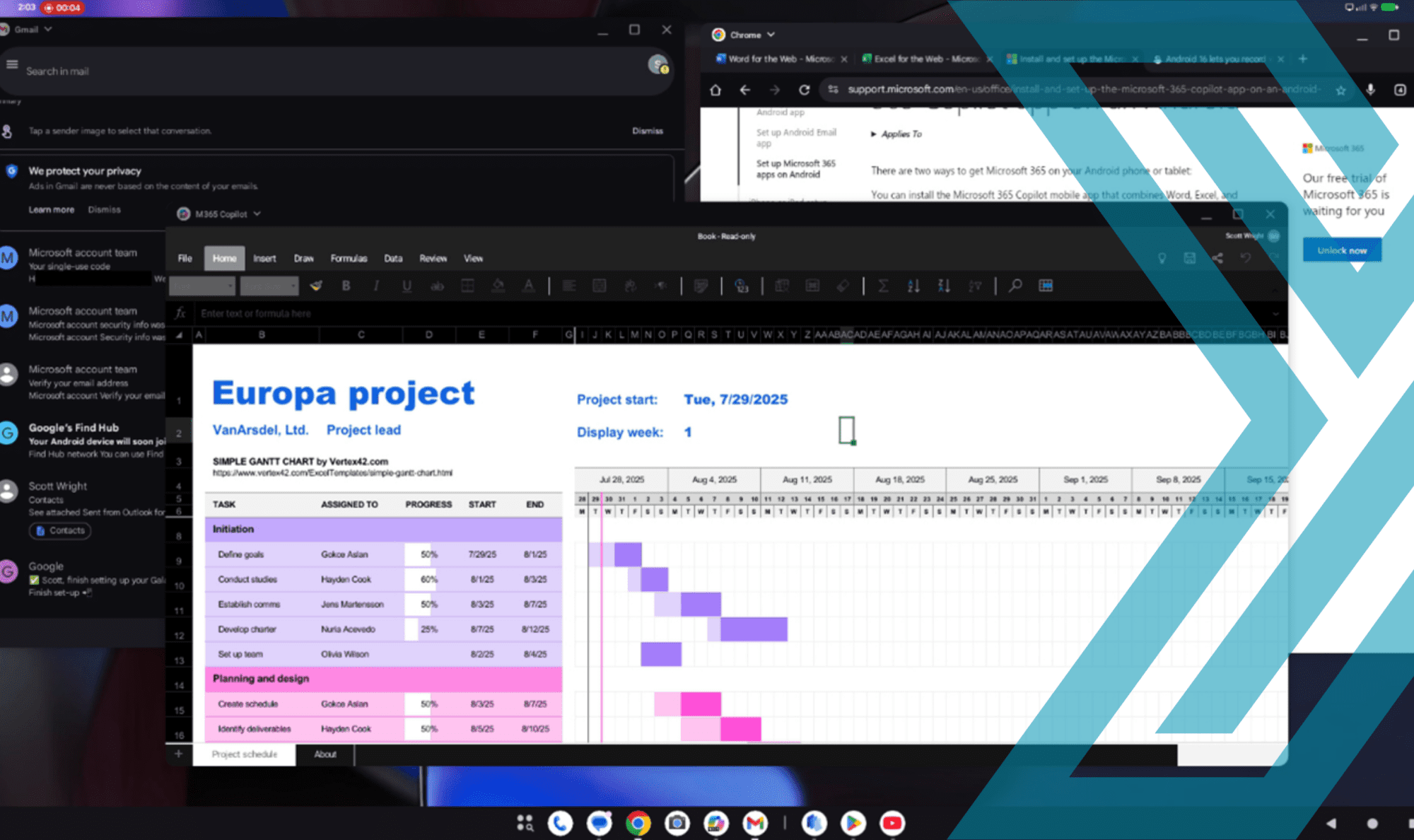

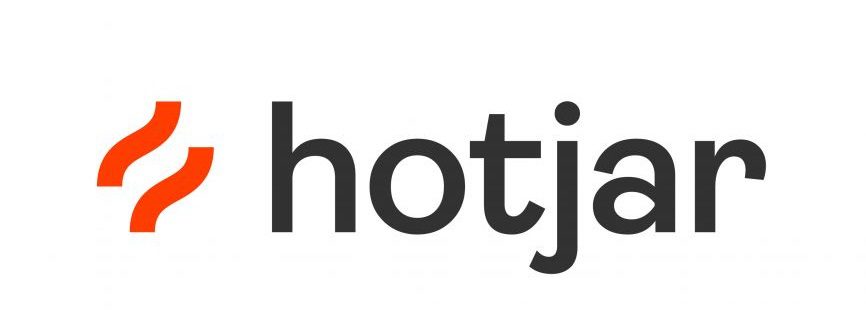 Monitoring by Hotjar
Monitoring by Hotjar